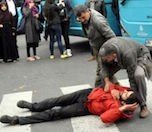* Photo: DİHA
Click to read the article in Turkish / Kurdish
The Constitutional Court has concluded the application of former bianet reporter Beyza Kural, who was subjected to police violence during news coverage. The Court announced its detailed ruling today (February 18).
The Constitutional Court has concluded that the prohibition of treatment incompatible with human dignity guaranteed by Article 17 of the Constitution, freedom of expression guaranteed by Article 26 and press freedom guaranteed by Article 28 of the Constitution have been violated.
The top court has also ruled that a new investigation shall be launched so that the consequences of the related rights violations can be eliminated. Kural will be paid 15,000 lira in non-pecuniary damages.
Police said, 'Nothing is the same anymore'
On November 6, 2015, police tried to detain the then bianet reporter Beyza Kural by handcuffing her behind her back while she was covering the protests against the Council of Higher Education (YÖK) in Beyazıt, İstanbul. Trying to take the journalist into custody, the police officer shouted, "Nothing is the same anymore, we will make you learn this." With the intervention of other reporters, Kural was released.
Beyza Kural filed criminal complaints about the incident, but they ended in non-prosecution. Her objections were also rejected by courts on the grounds that "the police did not exceed their right to use force."
'She repeatedly said she was a press member'
In the detailed ruling of the Constitutional Court, it has been noted that journalist Beyza Kural had the yellow card of her institution on her neck, indicating that she was a journalist. The ruling has also said that the attitude of the police was captured by the cameras as well:
"During the intervention, Kural said it in a loud voice that she was a journalist; upon hearing this, the officers holding her arms loosened their grasp; meanwhile, Kural was warned by another officer in plain clothes who said, 'Nothing is the same anymore, we will make you learn this.'
"From the photos and camera footage in the file, it has been understood that the applicant was prevented by the police and taken away from the scene of the incident by force while she was trying to cover the harsh police intervention; she showed her journalist ID and kept holding it in her hand in a visible manner; she repeatedly said that she was a press member.
"It is heard that the applicant repeatedly said in a loud voice that she was a press member during the intervention against herself.
"According to the images and video records, the applicant was kept waiting in handcuffs for nearly 4 minutes and, according to her statement, she was not taken to the detention vehicle because there were no vacancies left in the vehicle due to the detained protesters; she was released by a law enforcement officer who understood that she was a journalist."
'She was doing professional activities'
The top court ruling has underlined that the occupational activities of Kural as a journalist were prevented during the incident:
"It has been detected that the applicant, carrying out her professional activities and trying to report on the incidents that unfolded between the protesters and the police, was prevented from covering the incidents and the applicant was subjected to a physical intervention."
'She was arbitrarily handcuffed and detained'
The Constitutional Court ruling has underlined that "in the investigation file and the decision of non-prosecution, there was no finding or explanation as to the absolute necessity of the applicant's prevention from reporting news or for the physical intervention against her."
"The reasonable reasons for Kural's detention and her prevention from doing her duty by being handcuffed were not put forward by public authorities. On the contrary, when the camera footage is carefully examined, it is concluded that the applicant was arbitrarily detained and handcuffed."
'It was aimed at teaching a lesson, humiliating'
The Court has also concluded that the remarks of the police were aimed at teaching the journalist a lesson and humiliating her.
Noting that "rear handcuffing cannot be considered ill treatment in itself," the top court has taken it together with the scale of the wounds on her wrists and the police officer's remarks of "Let me tell you something: Nothing is the same anymore, we will make you learn this."
Accordingly, the Court has "got the impression that the applicant was handcuffed behind her back in a manner of deliberately harming her bodily integrity with the aim of humiliating her and teaching her a lesson."
'No legitimate reason for handcuff'
The detailed ruling of the Court has also referred to Kural's handcuffing by the police. The Court has concluded that "there was no legitimate reason that would necessitate her detention, albeit briefly, by being handcuffed by force, and no such reason was put forward even later."
Accordingly, the top court has concluded that the minimum level of severity foreseen by Article 17/3 of the Constitution has been violated by her detention and handcuffing by the law enforcement officers.
The Constitutional Court has also noted that "no effective investigation was carried out into the acts of the police that constituted treatment incompatible with human dignity." (AS/SD)




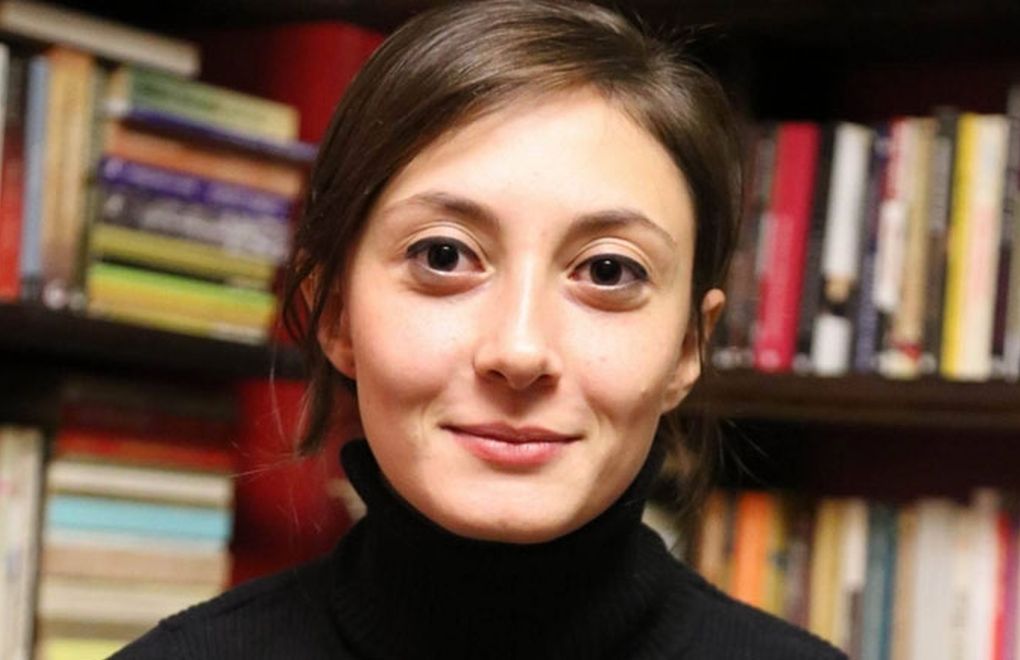
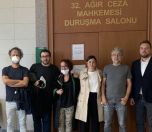
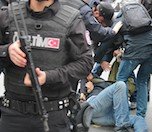
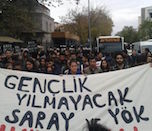


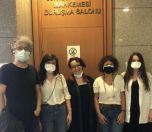
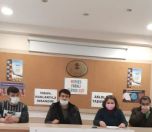

132.jpg)
